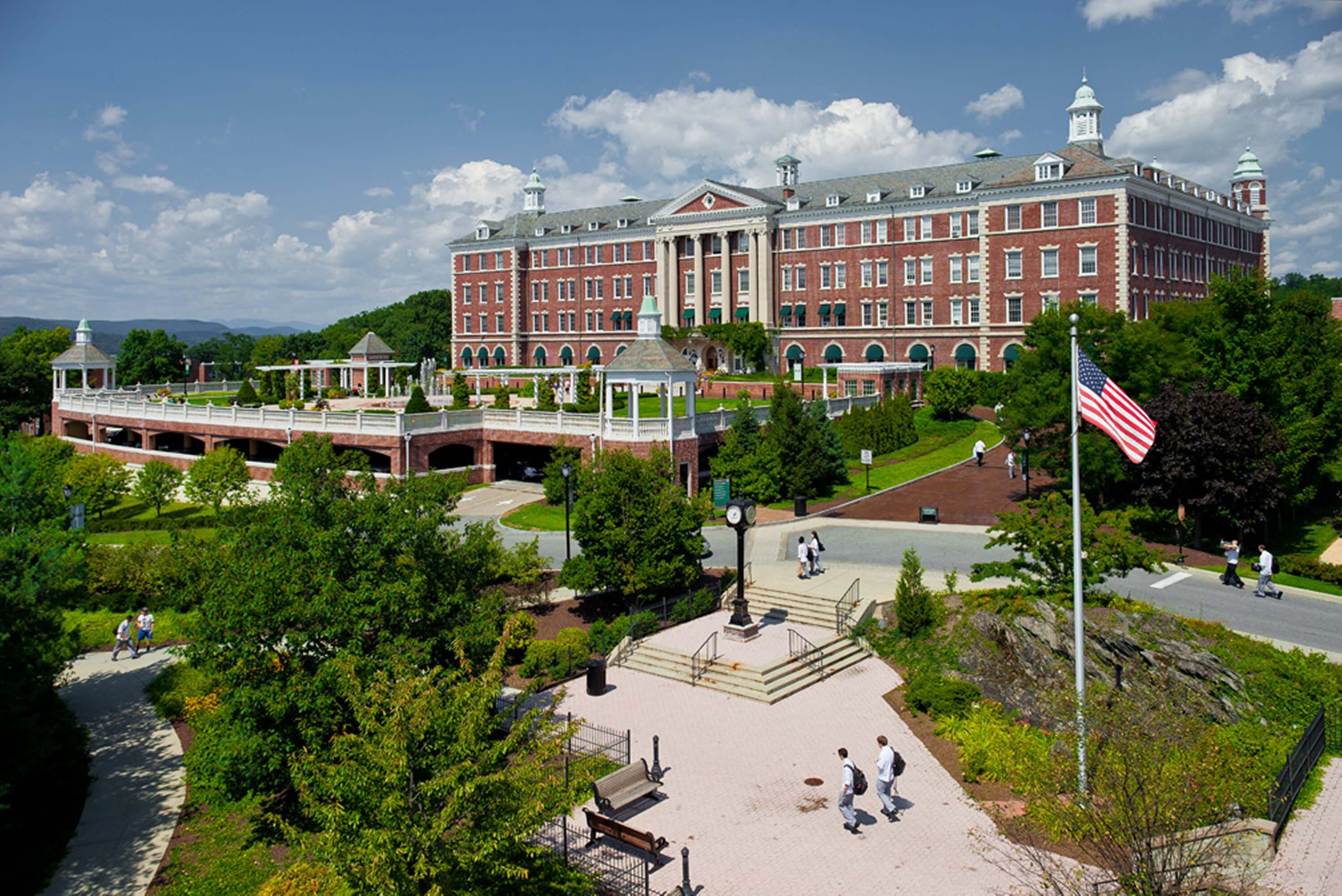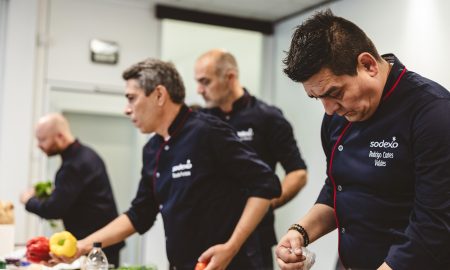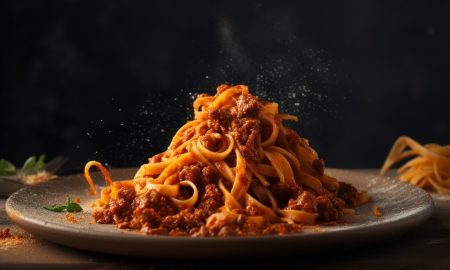Practice makes perfect
Many aspiring chefs see classical culinary apprenticeships, which are commmon in places like Germany, Austria, Switzerland, or France, as the perfect way to prepare for the job. The three-year program allows you to grow into the job as you work your way from the bottom up, through every aspect of kitchen life. Constant repetition—cutting whole sacks of carrots into 1/8” brunoise, chiffonading countless bunches of tarragon, finely dicing pound after pound of shallots at top speed— refines your motor skills and helps you develop what’s known as “muscle memory”, until eventually standard knife skills like chopping and paring become perfectly routine.
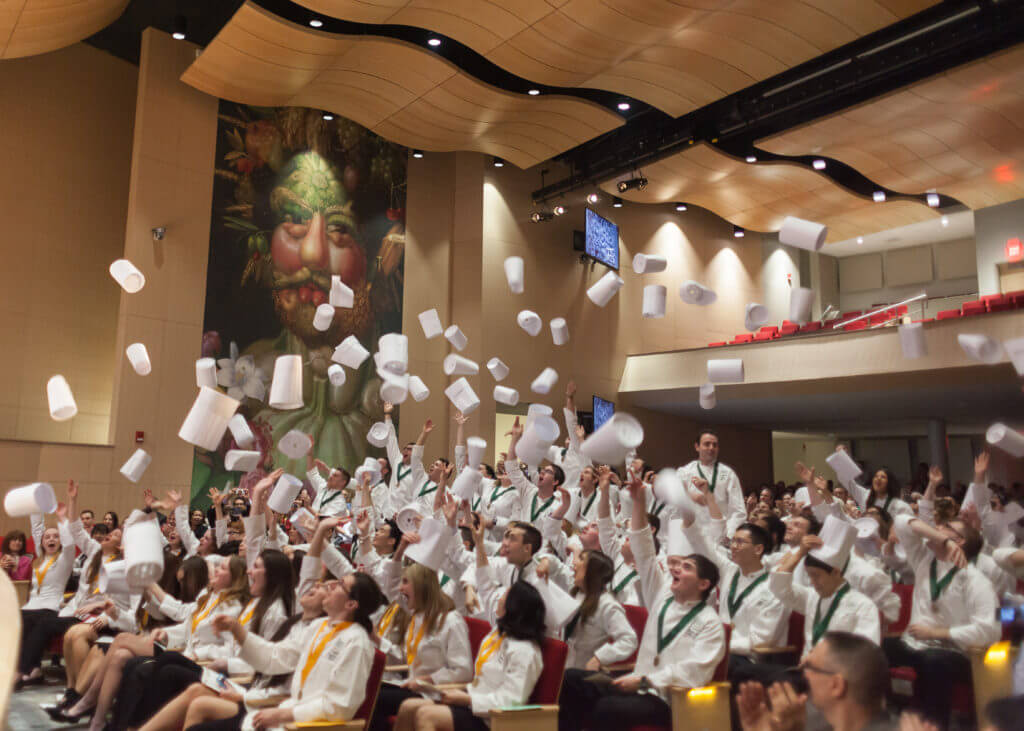
Image: CIA | Phil-Mansfield
Years of learning, years of travel
After taking apprentice certification exams, most young chefs travel the world to experience other countries and learn more about their cuisine. Most spend time at a series of restaurants, each a little better and more renowned than the last—working their way up the Michelin-star ladder, so to speak. Many chefs say nothing can replace old-school apprenticeships, and they can be great… IF you’re lucky enough to get one at a really good restaurant, that is, with people who care enough to invest extra time in their apprentices instead of just seeing them as cheap labor. After learning and traveling for a few years, gifted apprentices often return to the restaurants that trained them, full of fresh ideas for their new careers as sous chefs or even head chefs. Another bonus: apprenticeships don’t cost anything. Some of them are even paid positions. Not amazingly well-paid, but it’s a start.
Expensive schools, luxury ingredients
Culinary schools are a totally different story—they usually cost between $15,000 and $100,000. So what do you get for the money? Is it even useful to learn to cook in an “artificial” kitchen environment instead of in the real world, with real customers and real time pressure? What makes a good culinary school special is that it really prepares students for everything, through high-intensity lessons. They don’t skimp on materials, either: from the very beginning, students learn to work with exquisite ingredients like truffles, langoustines, and pheasant. And while traditional apprentices only “graduate” to fish and meat after many, many months, students at Le Cordon Bleu in London start filleting and carving in the second week—using an entire rump of beef so large that two people have to haul it into the seminar room. By the end of the first trimester, they’ve scaled John Dory fish, killed lobsters by piercing their necks or boiling them, and pried open fresh oysters and scallops. Besides spending plenty of time on essentials (folding puff pastry, cutting artichokes and mushrooms decoratively, preparing stocks, etc.) students dive right into classic French techniques like stuffing pig’s feet, paring frog legs, or deveining foie gras with tweezers.
Theory meets practice
The great Daniel Bouloud, who got his own start through a traditional apprenticeship, advises today’s young chefs to attend culinary school. “At the schools,” he says, “you practice the full classical repertoire, which you can’t necessarily learn apprenticing at a single kitchen if the head chef only uses and teaches certain methods.” He adds that having access to libraries is an essential part of learning to work in a modern kitchen, as is learning fundamental cooking-related chemistry.
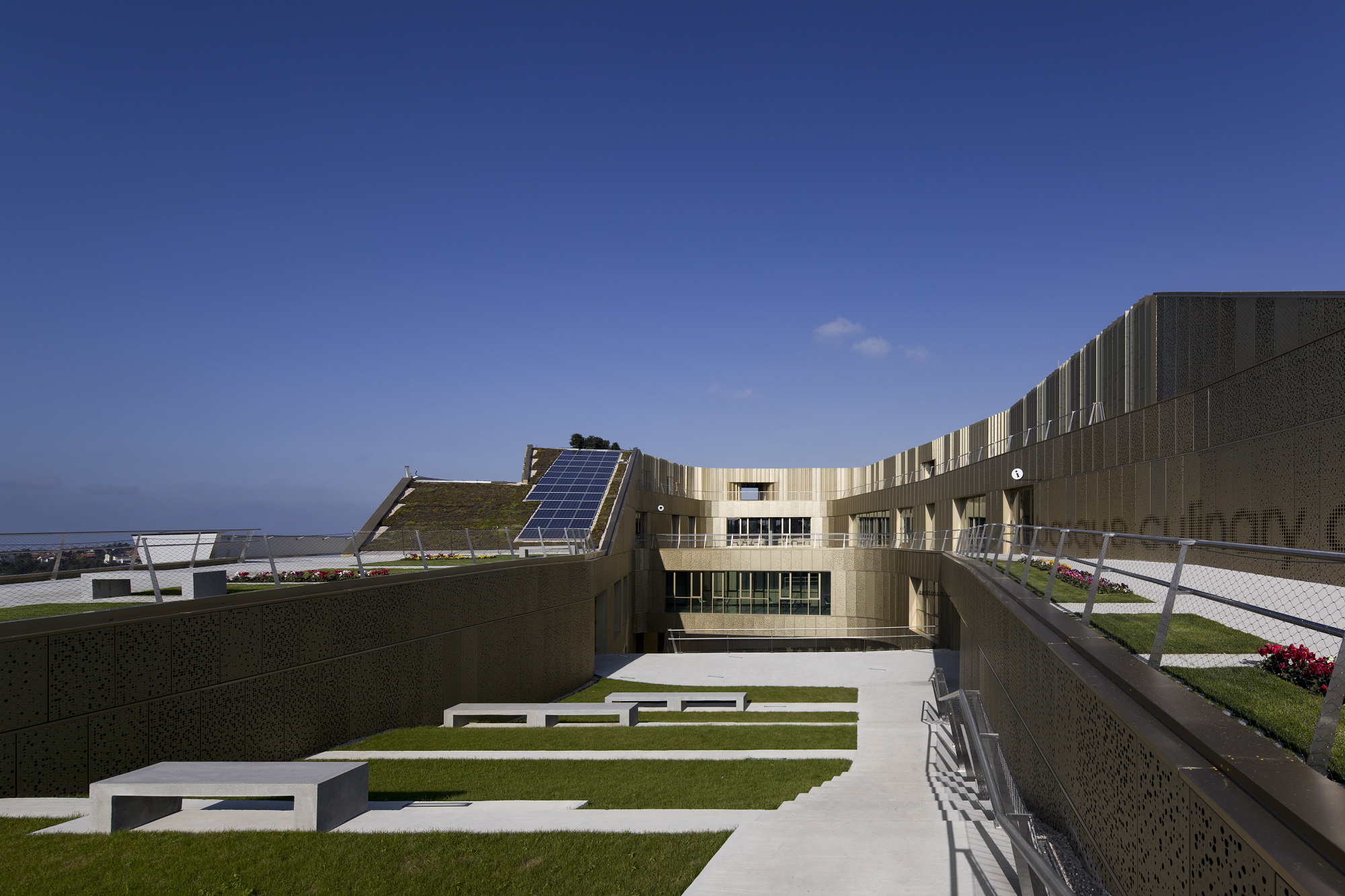
Image: Basque Culinary Center
Polishing and shortcuts
Those are so important, in fact, that some chefs follow up their traditional apprenticeships with a year of culinary school. “My pâtisserie class at Le Cordon Bleu included full-fledged pastry chefs from Argentina, Portugal, and Malta—and even a Polish woman who was the sous chef of pâtisserie at the Hyde Park Mandarin Oriental,” says a graduate of Le Cordon Bleu in London. “All four said they’d enrolled to help them polish their technique; they also thought the structure and methodology of the lessons would help them if and when they took on apprentices of their own.” Culinary schools can also provide a shortcut to the “big-time” kitchens: one graduate began working at a Gordon Ramsay restaurant straight out of school, and later got a plum staging position in the experimental kitchen at Heston Blumenthal’s Fat Duck.
You get out what you put in
Those kinds of jobs aren’t guaranteed, though—you’ll still have to pass your trial day, whether you do an apprenticeship or attend culinary school. In the end, what counts is how much effort you put into learning the material. And whether you attend culinary school or not, you’ll be starting out at the very bottom, for little money. As Eric Ripert of New York’s three-Michelin-starred Le Bernadin says, it’s important that new chefs be aware that that’s just how things are. “You have to start at the bottom of the pecking order,” he says. “Be modest and make sacrifices.” When Ripert was fresh out of culinary school, he snagged a position at the celebrated Parisian restaurant Le Tour d’Argent… where he failed spectacularly at emulsifying 32 egg yolks on his first day, and then later scalded his feet so badly with boiling water that his skin peeled off with his socks. He was given three weeks of sick leave, but he hobbled back into the kitchen after just one. Today, he’s one of the best chefs in the world.
The best Culinary Schools at a glance:
Le Cordon Bleu: The grande dame of culinary schools
Le Cordon Bleu, or LCB, is probably the best-known culinary school in the world. The mothership in Paris has been around for more than 120 years; the London offshoot is around 90 years old. There are now more than 35 LCBs across the globe, from Ottawa to Singapore. Their curriculum is classically French: in addition to the Diplôme de Cuisine and the Diplôme de Pâtisserie, they also offer sommelier and culinary management programs, as well as courses in food styling, boulangerie, and cake decorating. Students can also bundle the Diplôme de Cuisine and the Diplôme de Pâtisserie into a Grand Diplôme. Previous LCB graduates include Yotam Ottolenghi, Mario Batali, Virgilio Martinez, Gaston Arcurio… and, of course, the legendary Julia Child.
Grand Diplôme duration: 9 month
Grand Diplôme tuition: 52,000 €
Sieh dir diesen Beitrag auf Instagram an
Culinary Institute of America: An elite college for chefs
The CIA—not that CIA, the Culinary Institute of America—is the most famous school in the United States, where its reputation precedes it like a clap of thunder. The institute has four locations in all (California, Texas, Singapore, and Hyde Park, New York). The college offers six bachelor’s degrees (Culinary Arts, Baking & Pastry Arts, Food Business Management, Culinary Science, Applied Food Studies, and Hospitality Management), one master’s degree (Food Business), and associate degrees in Culinary Arts and Baking & Pastry Arts. Famous graduates include the late Anthony Bourdain and Grant Achatz.
Bachelor of Culinary Arts duration: 9 semesters
Bachelor of Culinary Arts tuition: around $ 20,000 per semester
Sieh dir diesen Beitrag auf Instagram an
Institute Paul Bocuse: Gastronomy and hospitality for the 21st century
Institut Paul Bocuse is located in the foodie paradise of Lyon, and offers Bachelor’s and Master’s degrees in Culinary Arts, Culinary Management, and Hospitality. The school itself looks like a fairy-tale castle, and the curriculum focuses on blending tradition with innovation.
Bachelor of Culinary Arts duration: 3 years
Bachelor of Culinary Arts tuition: around 15,000 € per year
Sieh dir diesen Beitrag auf Instagram an
Basque Culinary: Avant-garde and innovation
The Basque Culinary Center was founded in 2009 and has incredibly high ambitions: here in San Sebastián in Spain’s Basque region, students can enroll in Bachelor’s and Master’s programs in everything from culinary arts to culinary management to gastronomic science. Additional Master’s programs include avant-garde and molecular gastronomy as well as gastro-tourism. Even the building itself is spectacular, shaped like a stack of plates towering into the sky. Its advisory board includes some of the greatest chefs the world has ever seen, including Ferran Adriá, Massimo Bottura, Gaston Arcurio, Heston Blumenthal, René Redzepi and Alex Atala.
Master’s duration (for students who already have a BA and/or have completed a culinary apprenticeship)
2 trimesters, plus one practical-training trimester
Master’s program tuition: 12,200 €
Sieh dir diesen Beitrag auf Instagram an


